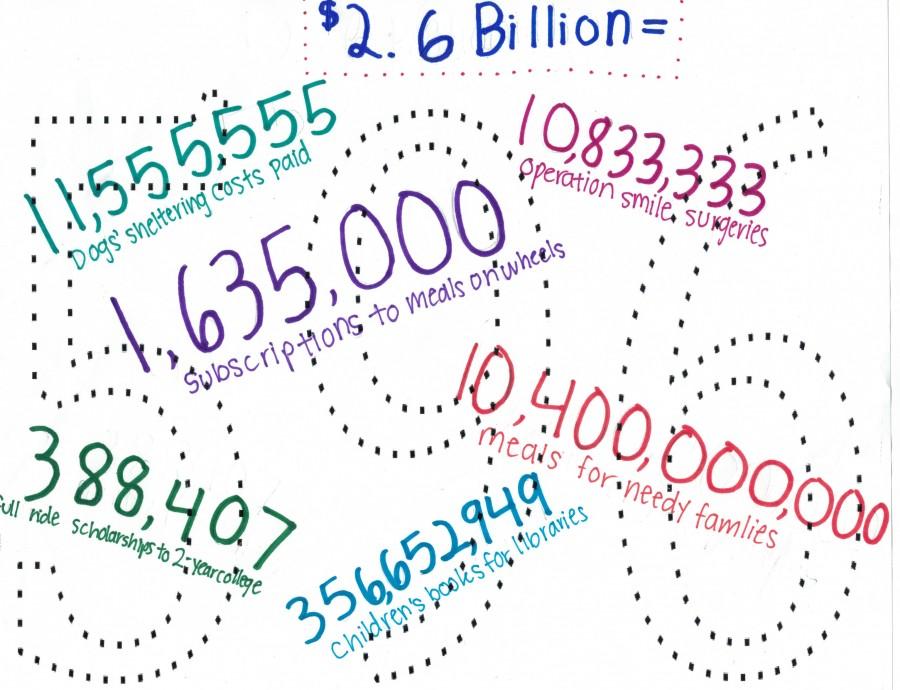United States elections: 596 days of chaos
November 11, 2015
March 23, 2015. On this day, the first candidate announced his intent to run for president: Ted Cruz, a United States Senator from Texas. This intent was made a full 596 days before 2016 election day. A little early, don’t you think?
The nation does need a certain amount of time to go through the motions, eliminate weak or outrageous (still waiting on this one) candidates and decide the official candidate for each party. Also, ample time is needed during a presidential election for the voters of our nation to learn about the candidates and make an informed decision– but more than a year and a half seems extremely superfluous. News, debates, pop culture references, internet memes and television specials about an election that is more than a year away have cluttered the airwaves since late in the summer. All the media seems to talk about is the race for president. At the time next year when paying attention to candidates is actually important, the general populous will be so tired of election news that they will change the channel when yet another news analysis of the presidential election is being presented.
The excessive amount of time that our nation spends dwelling over candidates whose names likely won’t even make it on the ballot is ridiculous. Politicians need to take a deep breath, slow down and think about why they are jumping the gun. Tradition?
More like habit.
Some may argue that changing the system now may send voters into a head spin and rush decisions, but many other countries with similar government styles to ours have accomplished successful elections for decades within significantly shorter time frames.
According to The Ottawa Citizen, the longest federal election campaign in Canada since 1872 lasted just 78 days. The average length of Canadian campaigns since then is only 50 days. For more than 100 years, our neighbors to the north have kept their elections short, just and effective. Canada has been able to elect competent leaders, keep a stable economy and have a similar quality of life to the United States without jumping through almost 600 days of election hoops.
In Australia the most recent election (2013) ran only 35 days. This was a fairly average length for the country, with most election campaigns lasting four or five weeks. By the end of the U.S.’s 2016 race, it will have been more than 17 times as long as the 2013 Australian race.
Another ridiculous aspect of election campaigns in the United States is the amount of money spent by candidates and their backers. During the 2012 presidential race, the two major candidates, Barack Obama and Mitt Romney, spent a combined total of about $1.12 billion, according to Open Secrets. That figure isn’t even including the funds spent by the parties or outside groups. Overall, the 2012 race cost more than $2.6 billion.
This obscene amount of money could support a multitude of causes that would do more good than any annoying TV commercial trashing an opposing candidate. The money poured into campaigning for candidates could do so much good in the world if it was tunneled into a better cause than a few individual’s ambitions. The $2.6 billion spent during the 2012 presidential election could provide 1,635,000 senior citizens with a year subscription to Meals on Wheels, with a year of Meals on Wheels costing $1600. Or, the $2.6 billion could provide 10,400,000,000 meals for needy families, according to The Greater Cleveland Food Bank.
There’s not much we can do now about the hundreds of days already wasted on ridiculously early campaigns, but by the time the next big election rolls around in 2020, we can only hope that American politicians will see the faults in our current system and decide to make a change. It’s unreasonable to think that laws will be passed to limit campaign length, but we can hope that politicians come to their senses and band together to end the reign of the 600 day campaign.
